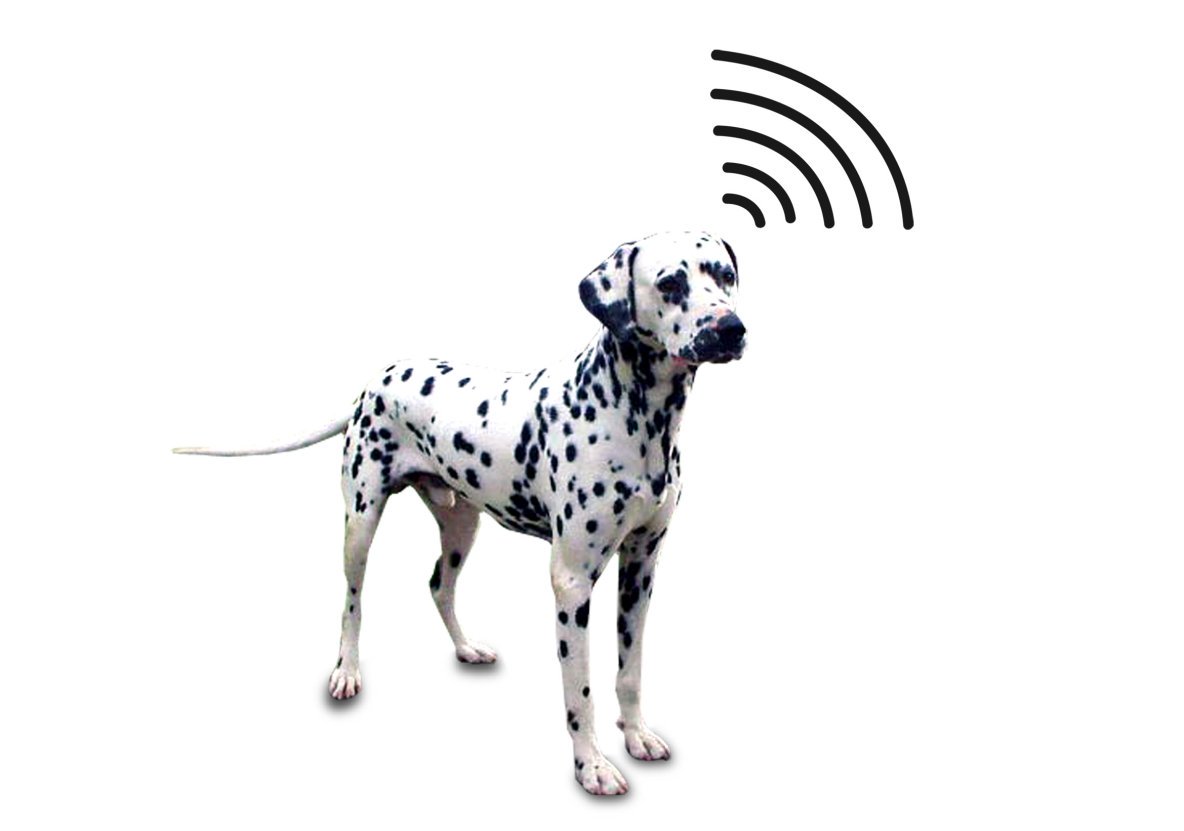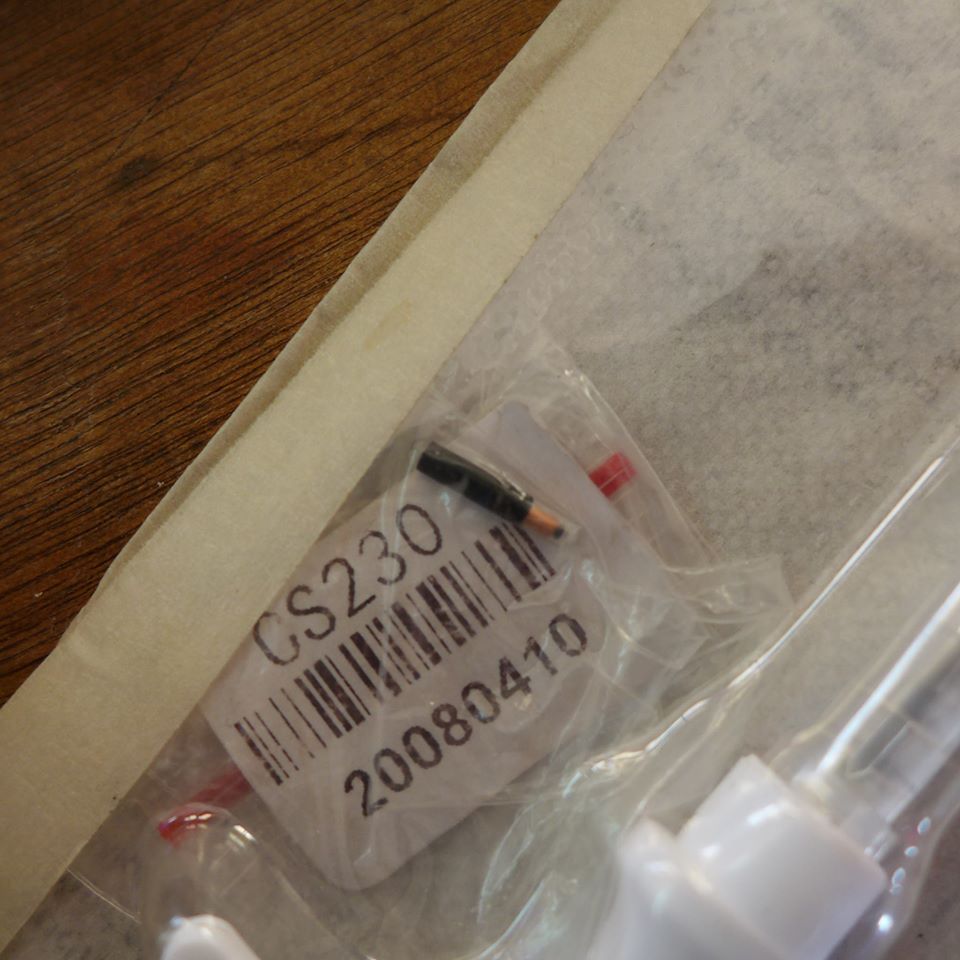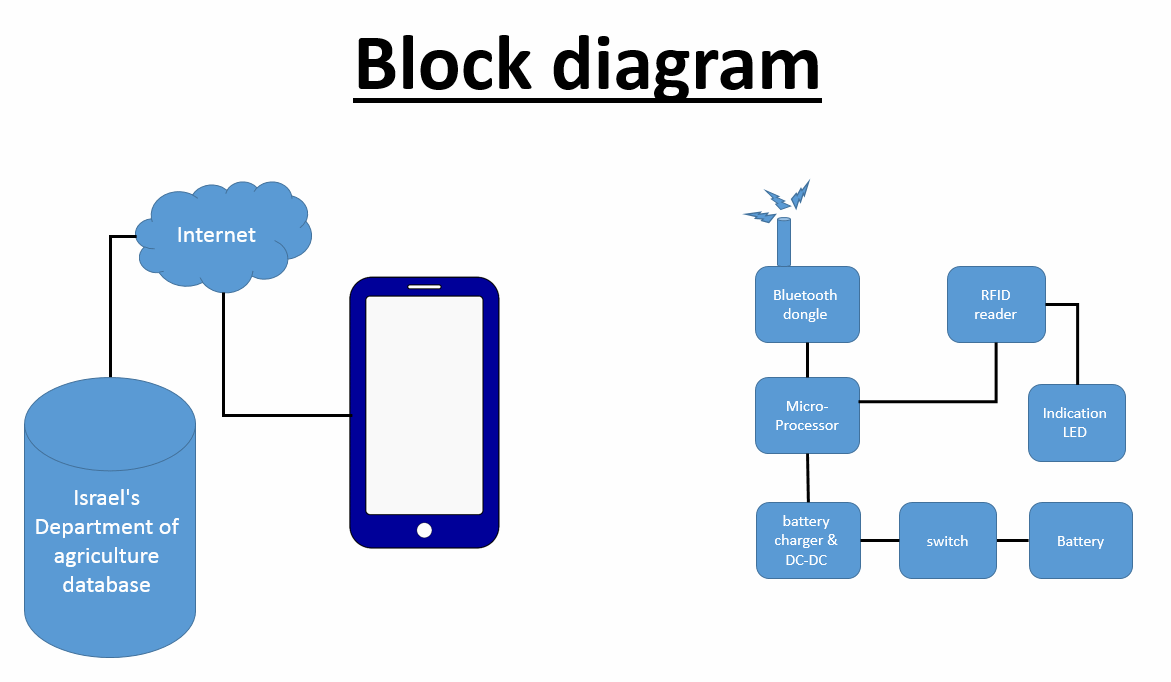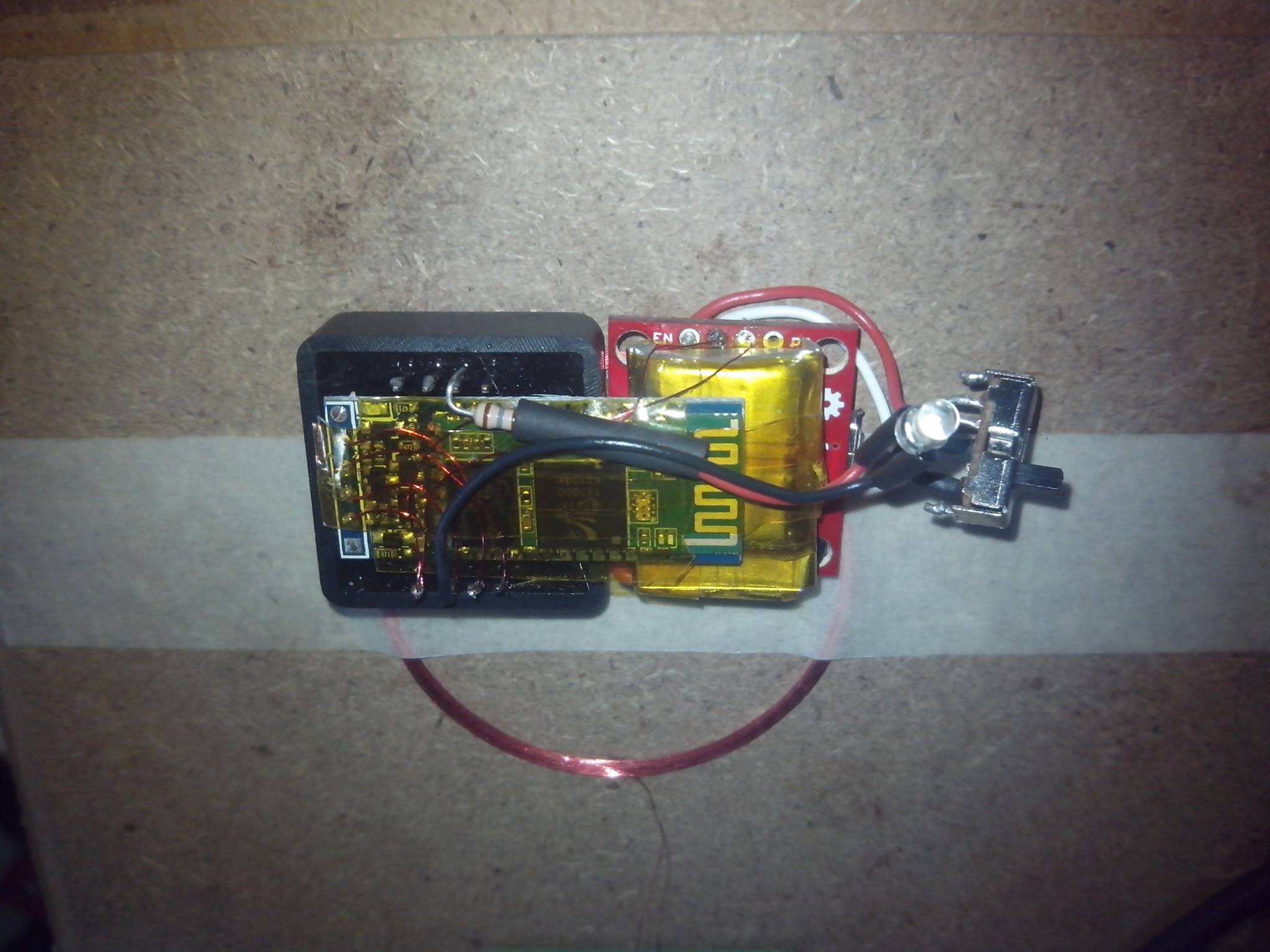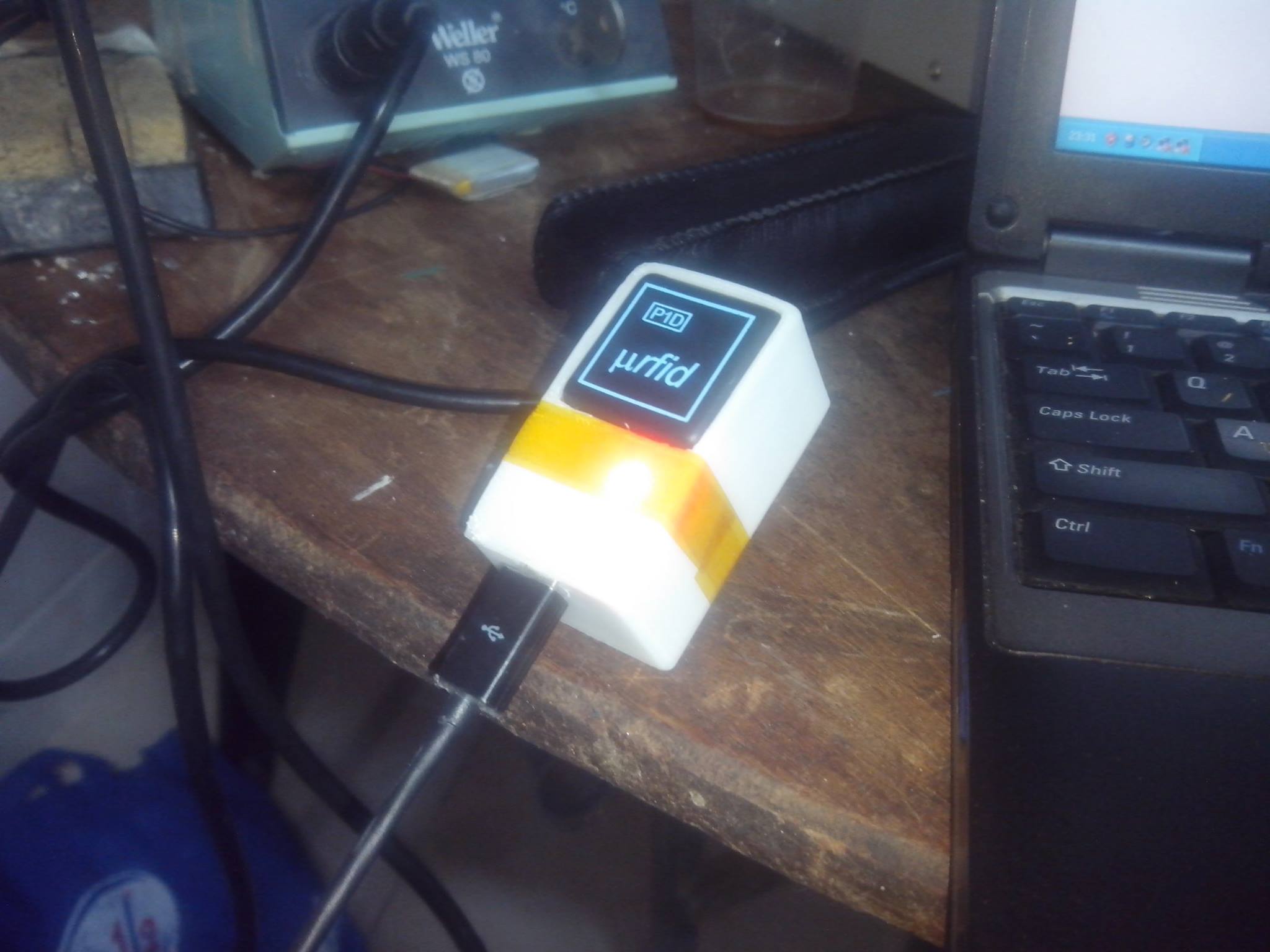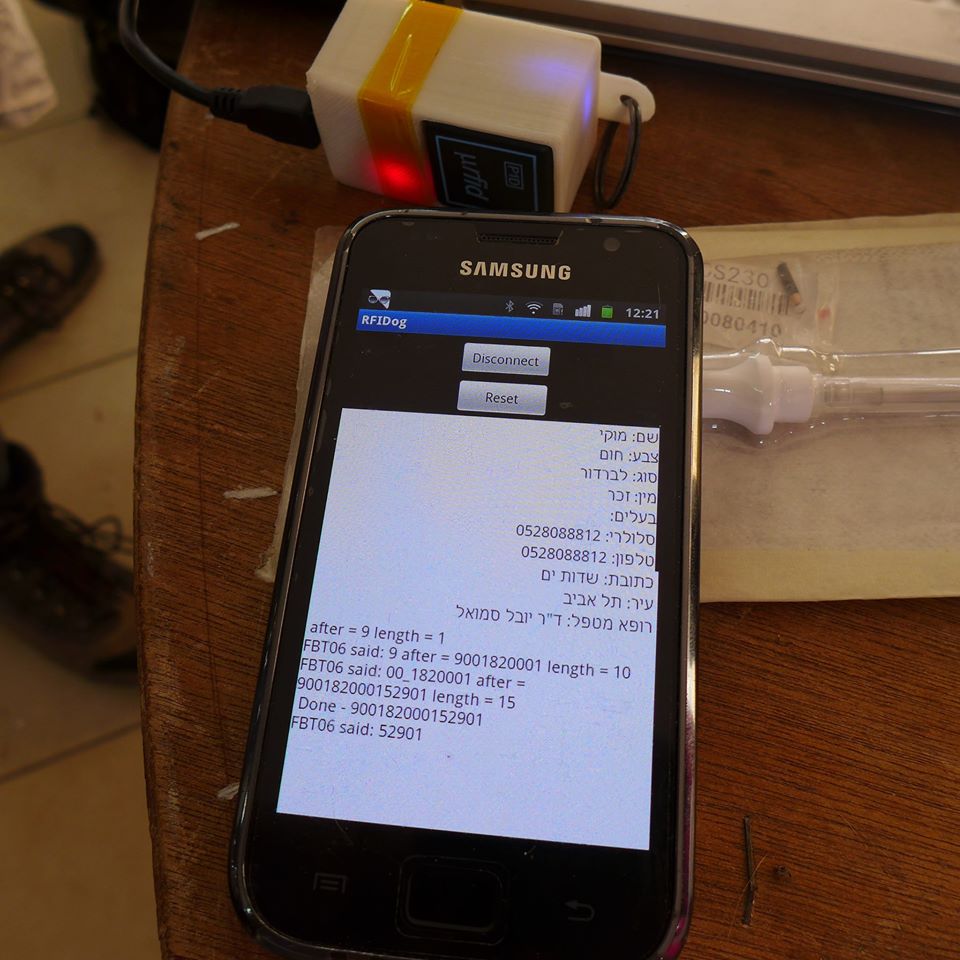For GeekCon 2013 Itai Levitan, Shahar Zrihen and I decided to build the RFIDog – the name was generated from the words RF-Radio Frequency, ID-Identification- and Dog.
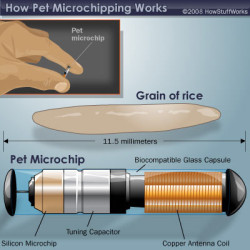 In Israel each dog has a RFID chip implanted in it. This is done in order to identify the dog and know who are the owners in order to help him to get back home if its lost. The chip in implanted using a special syringe.
In Israel each dog has a RFID chip implanted in it. This is done in order to identify the dog and know who are the owners in order to help him to get back home if its lost. The chip in implanted using a special syringe.
The problem is that RFID readers are not that common, they are big, expensive and most of the time are located only at veterinarian clinics…
 It happens to all of us.. we see a stray dog in the middle of the street, there is a good change he is lost but when we think about all the hustle of getting the dog to your house, then taking it to a vet that will check the ID chip, call the owners and so on we give up on what could save the dog’s life and make its owner happy, so we wanted to build a device that everyone could carry in his pockets or key-chain and whenever he or she sees a stray dog help it straight away by contacting its owners on the spot.
It happens to all of us.. we see a stray dog in the middle of the street, there is a good change he is lost but when we think about all the hustle of getting the dog to your house, then taking it to a vet that will check the ID chip, call the owners and so on we give up on what could save the dog’s life and make its owner happy, so we wanted to build a device that everyone could carry in his pockets or key-chain and whenever he or she sees a stray dog help it straight away by contacting its owners on the spot.
Prior to GeekCon we did some research about the different types of RFIDs technologies, standards, frequencies in the market, which types are being used the the veterinarian field etc.. we bought what we think that will work and hoped for the best.
The system was based on a RFID chip reader, a small micro-preocessor, a bluetooth dongle, battery charger and DC-DC, and of course – a battery. on the other side we have a smartphone – today each one of us is carring in his/hers pockets a computer with internet connection and Bluetooth interface – why shouldn’t we use it? So we wrote an Android App that takes the RFID code and checks in the Israel’s department of agriculture database – the result is the dog’s owner info.
How it works?
The micro-processor samples the RFID reader periodically and constantly looks for a near by RFID chip, when it finds one he get the unique code from it and sends it over to the UART (the serial port of the micro-processor) then it sends it over bluetooth to the smart phone. At the smart phone end we built an Andoriod app that read the unique RFID dog, connects to Israel’s Department of Agriculture dogs database (its open and free) and get the owner’s information – address, cellphone etc.
A 1 cell lithium batteries with 120mAh powers the RFIDog for couple of ours hours of use. It can be charged using simple micro-usb cable.
The final touch was to wrap it up – in Geekcon we could use 3D printers – so with little help from the guys around us at Geekcon we designed a simple box that we printed during the weekend of Geekcon and installed all the electronics in it.
During the 2 days of GeekCon we built the whole project: the RFIDog hardware, embedded software, a cellular app that and tested our device – It worked nicely and at the end we even tested it on a real dog.
